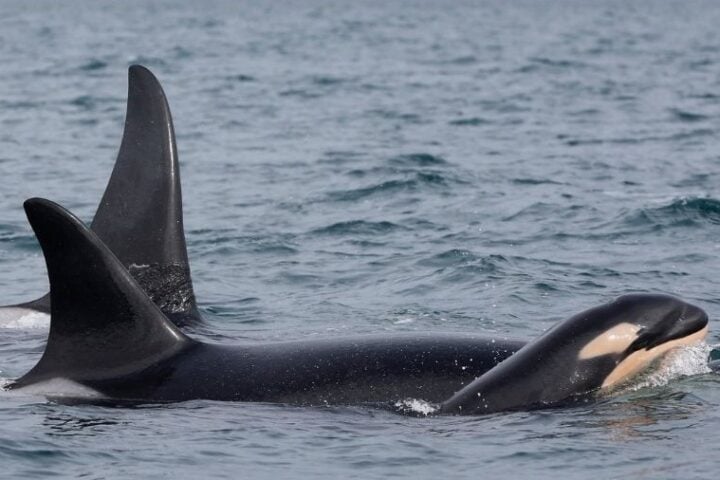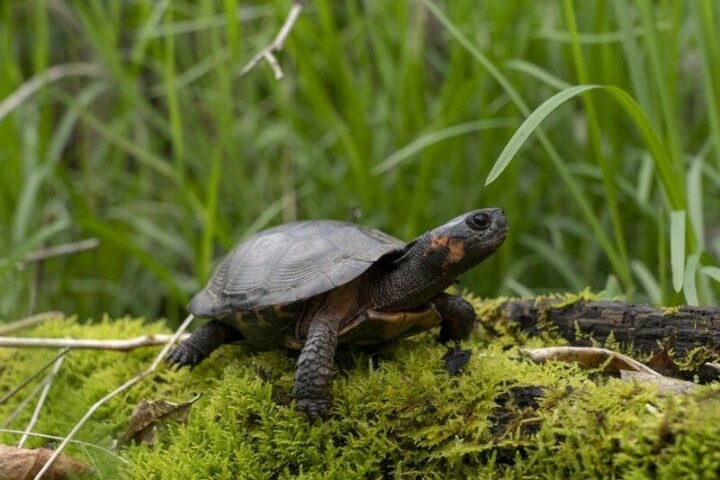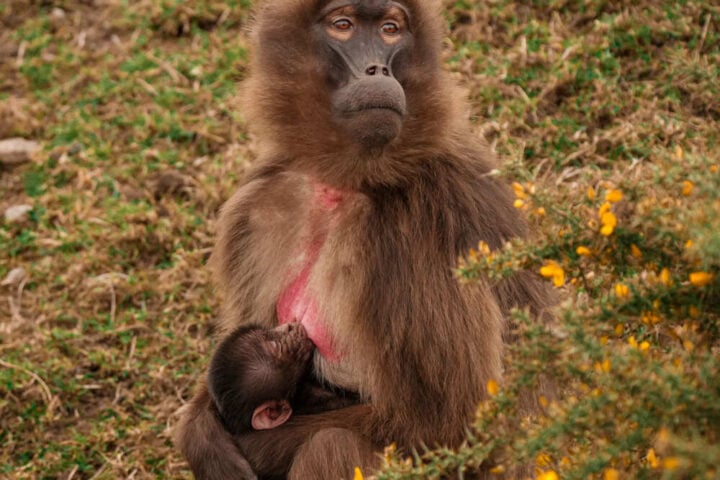Morgan Gilmour, a scientist at NASA’s Ames Research Center in California’s Silicon Valley, conducts marine ecology and conservation studies. She uses data collected by the U.S. Geological Survey (USGS) from animals equipped with wildlife tags. Palmyra Atoll, a US marine protected area, provides the perfect venue for this work. The atoll, a collection of roughly 50 small islands in the tropical heart of the Pacific Ocean, is bursting with life of all kinds.
By analyzing the movement of dolphins, tuna, and other creatures, Gilmour and her collaborators can assess whether the boundaries of the marine protected areas surrounding the atoll actually protect the species they intend to or if its limits need to shift. NOAA (National Oceanic and Atmospheric Administration), along with several universities, launched the Nature Conservation and its partners USGS in 2020.
The project team deployed wildlife tags at Palmyra in 2022, when Gilmour was a scientist with USGS. Now, she is leveraging the data for a study under the agency’s Internet of Animals project. Ryan Pavlick, then an Internet Of Animals project scientist at NASA’s Jet Propulsion Laboratory in Southern California, said, “The Internet of Animals is more than just an individual collection of movements or individual studies; it’s a way to understand the Earth at large.”
Similar Posts
Gilmour stated, “Our work at Palmyra was remarkably comprehensive.” Research at Palmyra Atoll is just one example of work by Internet of Animals scientists. With the technology brought together by the Internet Of Animals, even wildlife can take an active role in the study of Earth’s interacting systems, helping human experts learn more about our planet and how best to control the challenges facing the natural world.
The Internet of Animals project is funded by NASA’s Jet Propulsion Laboratory in Southern California. The team at NASA’s Ames Research Center in California’s Silicon Valley is part of the NASA Earth Exchange, a Big Data initiative providing unique insights into Earth’s systems using the agency’s supercomputers at the Center.


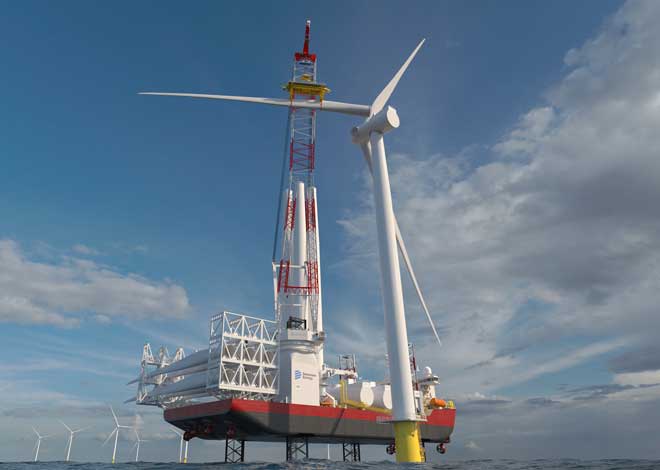
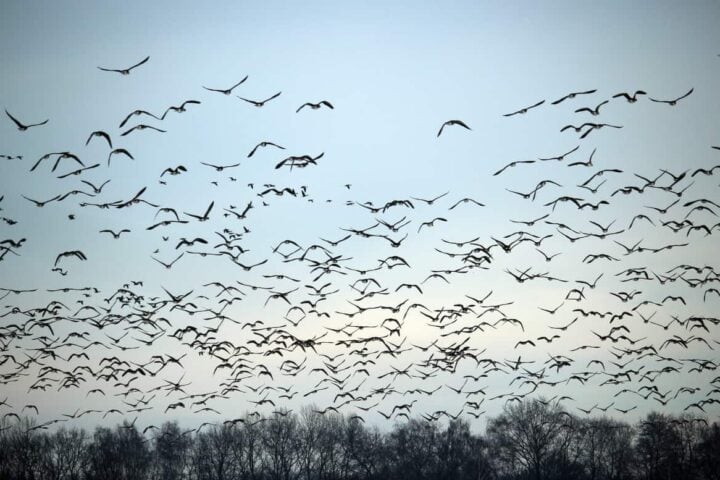

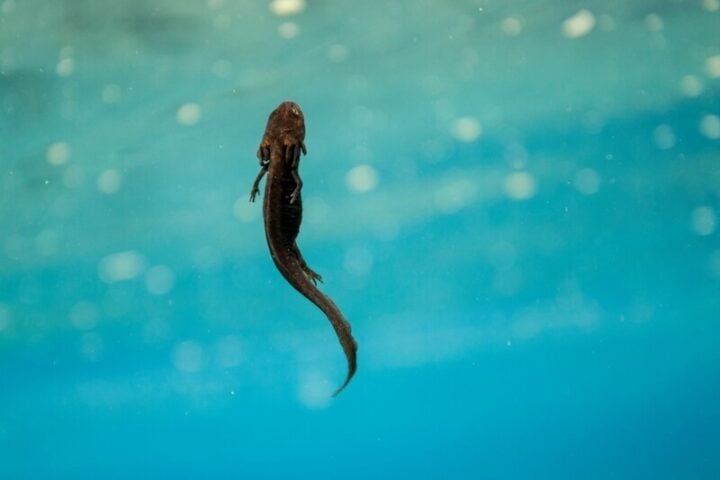
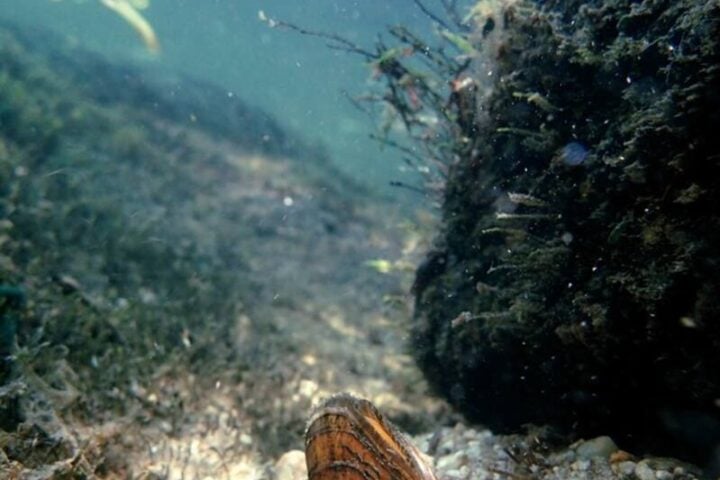




![Representative Image: European Starling [49/366]. Photo Source: Tim Sackton (CC BY-SA 2.0)](https://www.karmactive.com/wp-content/uploads/2025/04/Starlings-Drop-82-in-UK-Gardens-as-Birdwatch-2025-Reveals-Record-Low-Count-Since-1979-720x480.jpg)

